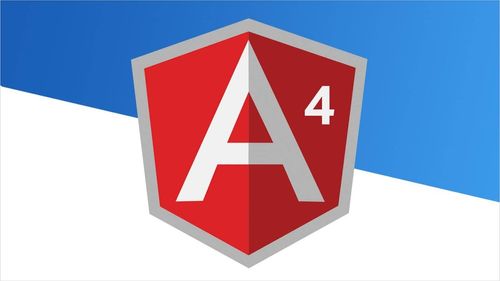Email validation is a crucial aspect of web development, especially when dealing with forms and user data. In this comprehensive guide, we will explore the world of email validation in Angular 4 reactive forms. By the end of this article, you'll be equipped with the knowledge and tools to implement robust email validation in your Angular applications, ensuring data accuracy and an excellent user experience.
Understanding the Importance of Email Validation
Before diving into the technical details, let's discuss why email validation is essential. Validating email addresses not only ensures data integrity but also enhances the security and usability of your application. It's a fundamental step in preventing errors and malicious input.
The Anatomy of an Email Address
To validate email addresses effectively, it's essential to understand their structure. We will break down the components of an email address, including the local part, the "@" symbol, the domain part, and how special characters are handled.
Basic Email Validation in Angular 4 Reactive Forms
Let's start with the basics. We'll guide you through simple email validation using Angular 4 reactive forms. You'll learn how to create a reactive form, apply validators, and display meaningful error messages to users.
Advanced Email Validation Techniques
Email validation goes beyond pattern matching. We'll explore advanced techniques, including domain validation to check if the email's domain exists, real-time validation using custom services, and handling disposable email addresses.
Creating a Robust Email Validation Directive
Building a reusable email validation directive is crucial for maintaining clean and accurate data in your Angular applications. We'll provide you with a step-by-step guide and code examples for creating a robust email validation directive.
Integrating Email Validation into Reactive Forms
Learn how to seamlessly integrate email validation into your Angular 4 reactive forms. We'll walk you through the process of validating user-submitted email addresses and providing meaningful feedback to users.
Unit Testing for Email Validation
Testing is an integral part of software development. We'll show you how to write unit tests for your email validation directive to ensure its reliability and correctness.
Commonly Asked Questions
1. Why is email validation essential in Angular 4 reactive forms?
- Email validation ensures that user-submitted data is accurate and follows the correct format, enhancing the overall user experience.
2. What is the difference between basic and advanced email validation techniques?
- Basic validation checks if an email is well-formed, while advanced techniques go beyond that to verify domain existence and prevent disposable email usage.
3. How can I prevent security threats associated with email addresses in my Angular application?
- Implement email validation, input validation, and security best practices to mitigate security threats.
4. Are there any third-party libraries or plugins available for email validation in Angular 4?
- While there are third-party libraries, building your custom email validation ensures greater control and flexibility.
Conclusion
Email validation is a critical aspect of Angular 4 web development. By mastering the techniques and best practices outlined in this comprehensive guide, you'll be able to create Angular 4 reactive forms with robust email validation. Ensuring data accuracy and a seamless user experience has never been easier. Whether you're a seasoned Angular developer or just getting started, this guide equips you with the knowledge and tools to handle email addresses with precision and confidence. Don't compromise on data integrity; make email validation a cornerstone of your Angular 4 projects today!



